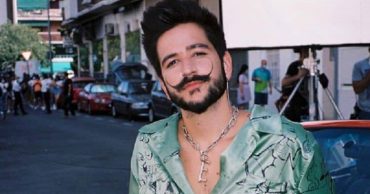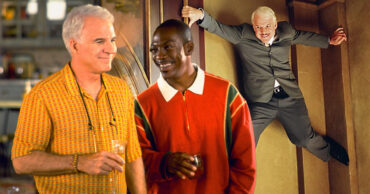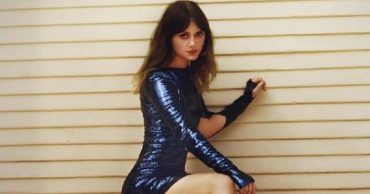If one superhero has captured the hearts of both comic book fans and casual viewers alike, it’s Daredevil. The character’s unique combination of blindness, heightened senses, and relentless determination has made him a beloved fixture in the Marvel Universe. But there’s more to Daredevil than meets the eye.
In 2015, Marvel and Netflix released the first season of Daredevil, making it the first Marvel character to get his own series on the streaming platform. The show was praised for its gritty, street-level tone and its faithful adaptation of the character’s comic book roots. The success of Daredevil paved the way for other Marvel shows on Netflix, such as Jessica Jones, Luke Cage, and Iron Fist, as well as the crossover event The Defenders. While the series was unfortunately cancelled after its third season, its legacy lives on as one of the most groundbreaking and influential superhero shows of all time.
1. The Origin of Daredevil’s Red Suit
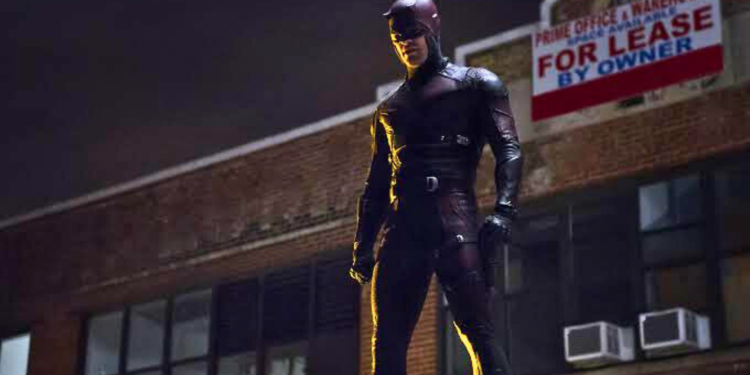
When we think of Daredevil, one of the first things that comes to mind is his iconic red suit. It’s hard to imagine him in anything else, but believe it or not, when he first appeared in “Daredevil” #1 in 1964, he wore a yellow and black costume that was inspired by his father’s boxing gear. It wasn’t until issue #7 that he finally got his signature red suit, thanks to artist Wally Wood. You see, Wood felt that Daredevil’s yellow outfit looked too similar to another superhero, Green Lantern. And so, he designed the red suit, which not only distinguished Daredevil from other heroes but also reflected his fearless spirit and unwavering determination to fight for justice.
2. The Real-Life Inspirations for Daredevil’s Greatest Villains

Daredevil’s rogue’s gallery boasts some of the most fascinating and multi-dimensional villains in the Marvel Universe. From the cunning Kingpin to the ruthless Bullseye and the enigmatic Elektra, these characters have left an indelible mark on Daredevil’s storylines. Interestingly, these iconic villains seem to have been inspired by real-life individuals and events. The Kingpin was modeled after infamous New York City mobster Frank Costello, while Bullseye’s character was based on the chilling real-life serial killer Richard Kuklinski, also known as the Iceman. And even the mysterious Elektra has roots in Greek mythology. These real-life inspirations give Daredevil’s villains a sense of authenticity and relatability that truly sets them apart from other comic book antagonists, making them all the more intriguing and compelling to read about.
3. Daredevil’s Role in the Marvel Universe
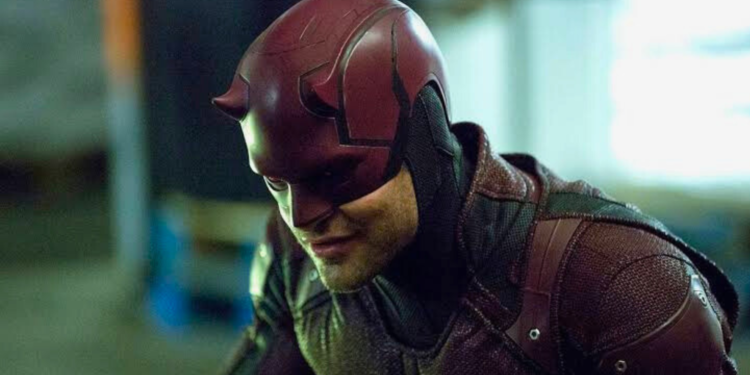
Daredevil is often thought of as a street-level hero, focused on protecting Hell’s Kitchen from crime and corruption. However, his impact on the larger Marvel Universe should not be overlooked. Daredevil has been a member of both the Avengers and the Defenders, two of the most prominent superhero teams in the Marvel Universe. As a member of the Avengers, Daredevil has fought alongside some of the most powerful and renowned heroes in the Marvel Universe, including Iron Man, Thor, and Captain America. His strategic thinking, acrobatic skills, and agility have proven to be valuable assets to the team. Similarly, as a member of the Defenders, Daredevil has teamed up with other street-level heroes such as Luke Cage, Iron Fist, and Jessica Jones, to protect New York City from supernatural threats.
4. The Hidden Meanings Behind Daredevil’s Blindness
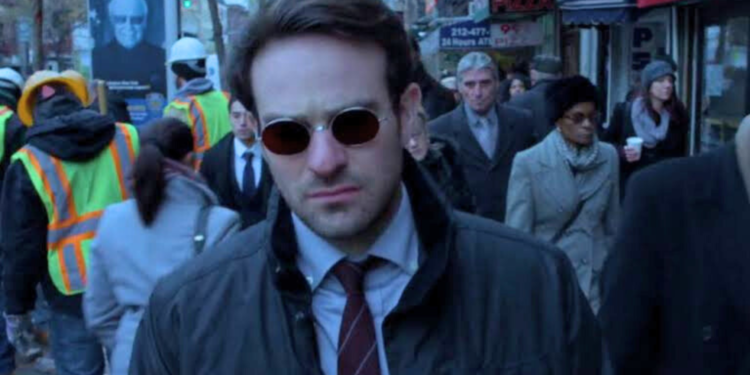
Daredevil’s blindness is a defining aspect of his character, but there is much more to it than meets the eye. His heightened senses, which compensate for his lack of sight, are one of the most unique and fascinating parts of his abilities. Daredevil’s senses are so acute that he can “see” in a way that most people cannot. He can hear a whisper from across the room, smell a person’s fear, and feel the slightest vibration in the air. But there’s more to it than just superhuman abilities. Daredevil’s blindness is a metaphor for the isolation and alienation that many people feel in their daily lives. He is a character who lives on the fringes of society, rejected by those who fear and misunderstand him. His blindness serves as a physical manifestation of this separation, but it is also a symbol of his inner strength and resilience. Daredevil’s blindness is not a disability; it is a superpower that sets him apart from other heroes and makes him uniquely qualified to protect his city.
5. The Epic Crossover Events That Shook Daredevil’s World
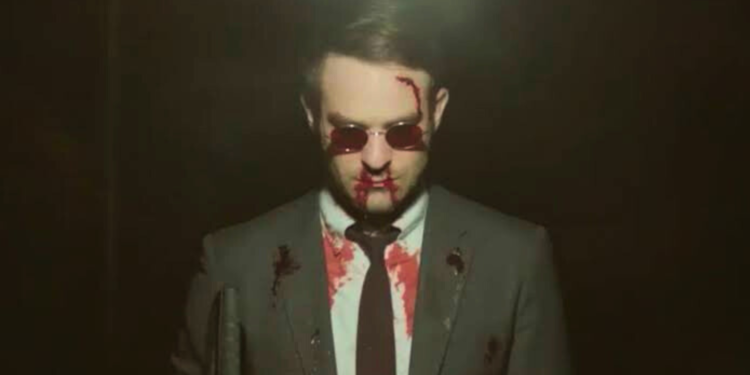
Daredevil has had his fair share of epic crossover events throughout the years, some of which have had a significant impact on his character and the Marvel Universe as a whole. One of the most notable crossovers was Born Again, written by Frank Miller and illustrated by David Mazzucchelli. This storyline saw Daredevil’s world turned upside down when his arch-nemesis, the Kingpin, discovered his secret identity and systematically destroyed his life. The event challenged Daredevil both physically and emotionally, and forced him to rely on his own inner strength and determination to rebuild his life and reclaim his city.
Another memorable crossover was Shadowland, which saw Daredevil take over as the leader of the Hand, a group of deadly ninja assassins. The storyline explored the darker side of Daredevil’s character and pushed him to the edge, as he struggled to balance his sense of justice with his newfound power and control. The event also brought together several other Marvel heroes, including Luke Cage, Iron Fist, and Spider-Man, who were all affected by Daredevil’s transformation. These crossover events not only shook Daredevil’s world, but they also had a ripple effect throughout the Marvel Universe. They challenged his character and forced him to confront his deepest fears and weaknesses, ultimately making him a stronger and more complex hero.
6. The Political Issues Addressed in Daredevil Comics
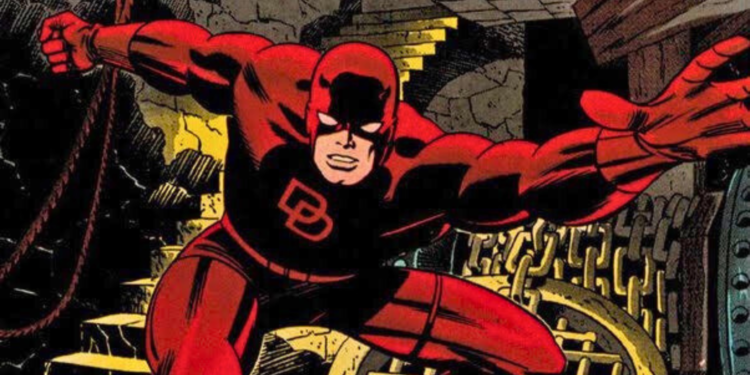
Throughout its history, Daredevil has been lauded for its ability to address pressing social and political issues. One such example is the Child’s Play arc in Daredevil #233-236, which powerfully depicted the harrowing issue of child abuse. In this arc, Daredevil is tasked with defending a young boy who is being physically abused by his own father. The story was widely praised for its empathetic portrayal of the subject matter and for raising awareness about the realities of child abuse.
Another instance of Daredevil’s courageous exploration of sensitive issues is the Guardian Devil arc in Daredevil #1-8, which delves into the complex and emotionally-charged topic of abortion. In this arc, Daredevil is tasked with protecting a pregnant woman who is being hunted down by an enigmatic organization. The storyline offers a thoughtful and nuanced examination of the moral complexities surrounding abortion, with a focus on the emotional turmoil experienced by those involved. Daredevil’s social commentary also extends to other pertinent issues such as mental health, police brutality, and corruption, making it a comic book series that remains deeply connected to current events and social issues. Its street-level focus on the impact of crime on the everyday lives of ordinary people has cemented its status as a unique and vital addition to the Marvel Universe.
7. The Involvement of Stan Lee in Daredevil’s Creation
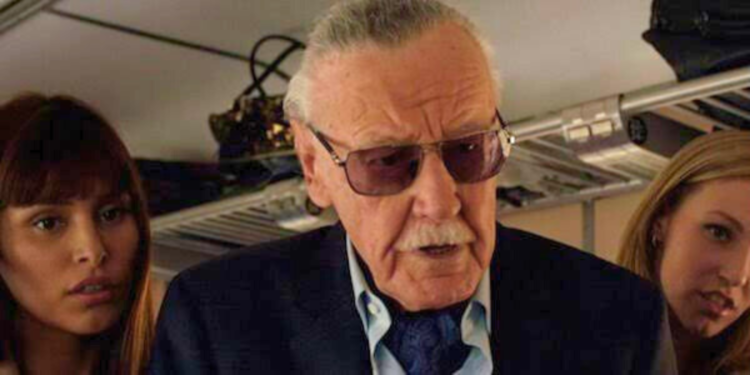
Stan Lee, the legendary comic book writer and co-creator of many iconic Marvel superheroes, played a significant role in the creation of Daredevil. In fact, Lee is credited with coming up with the idea for the character and developing his initial concept. Lee worked with artist Bill Everett to bring his vision for Daredevil to life, and together they created the character’s iconic red costume, his billy club weapon, and his unique fighting style that relied on his heightened senses. While Lee did not write many of the early Daredevil stories himself, he did serve as editor-in-chief of Marvel Comics during the character’s creation and development, and he continued to have a hand in the character’s direction for many years to come. His involvement in Daredevil’s creation helped to establish the character as one of Marvel’s most beloved and enduring superheroes.
8. The Story Arcs That Helped Define Daredevil as a Character
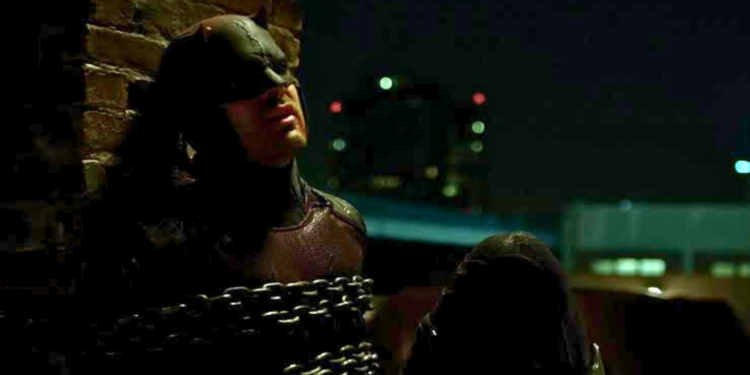
Daredevil has a long and storied history, and throughout that history, there have been several story arcs that have helped define him as a character. One of the most notable of these is the Born Again arc by writer Frank Miller and artist David Mazzucchelli. In this story, Daredevil’s life is turned upside down when his secret identity is exposed by his arch-nemesis, the Kingpin. The Kingpin proceeds to destroy Matt Murdock’s life, leaving him penniless, homeless, and broken. The story is a gripping exploration of the character’s resilience and determination, and it is often regarded as one of the best Daredevil storylines of all time.
Another notable story arc is The Man Without Fear by Frank Miller and artist John Romita Jr. This arc is an origin story that explores the events that led to Matt Murdock becoming Daredevil. It delves into his childhood, his relationship with his father, and the accident that left him blind. The story is a compelling and emotional look at the character’s journey, and it provides crucial context for understanding his motivations and his relationship with the city of New York.
The story arcs that helped define Daredevil as a character, the involvement of Stan Lee in his creation, the social and political issues he tackles, the crossover events that shook his world, and the impact he has had on the Marvel Universe as a whole all contribute to the enduring appeal of the Man Without Fear.
 Follow Us
Follow Us
